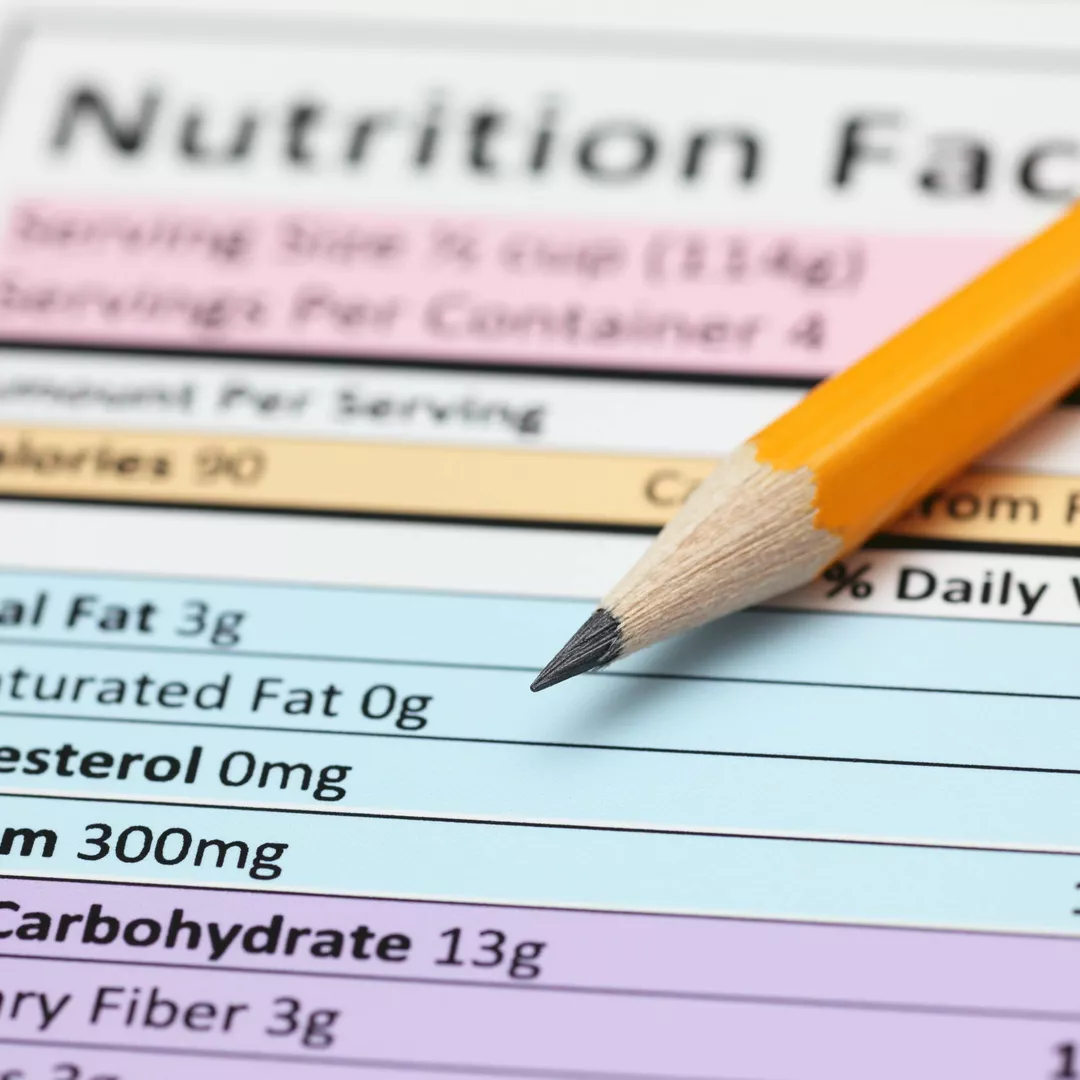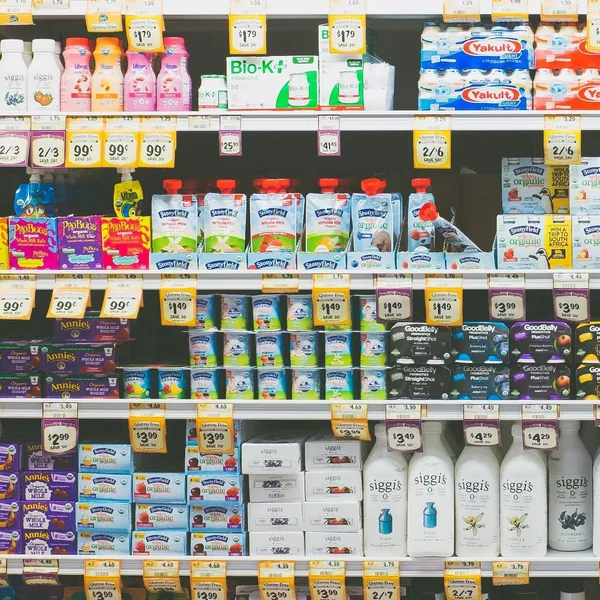
A nutrition label has many different aspects, and trying to navigate through all the information can be a challenge. Here’s a breakdown of each aspect of the nutrition information section of the label and what it means.
The nutrition information panel
The nutrition information panel is a table that tells you how much energy, protein, fats, carbohydrates, sugars and other nutrients the food contains. The key to interpreting a label is to not focus too much on an individual nutrient and neglect other aspects of the food. You need to assess the nutrients in the context of the whole food and then assess the food in the context of your whole diet.
Energy
Food is broken down by the body to release energy. This energy is then used by the cells of the body to grow, repair and move. Understanding the energy value of food is important because if we consistently consume more energy than our body needs, over a prolonged period, our body stores this excess energy as body fat. This is an important aspect of survival, but unfortunately, an abundance of food combined with sedentary lifestyles means our bodies can store too much fat. And this has a flow-on effect of being damaging to our health.
Having a good awareness about the energy content of food is an important part of weight management, but it’s not the only factor. Not all calories (a measure of energy) are created equal. We need to look at other elements of the food as well, such as its nutrient composition, to help us make a good choice.
Protein
Protein is an important nutrient for growth, repair, muscle health, feeling full and satisfied, and helping you manage a healthy weight. Protein is found in nearly all foods in vastly different amounts. Looking for a higher amount of protein per serve can be a great way to make a healthier choice. Choose foods such as dairy, meat, poultry, seafood, soy-based products (tofu, tempeh), legumes and some grain products.
It’s important to note, however, that just because a food doesn’t contain much protein does not mean you should avoid it. Vegetables, fruit and nuts contain lower amounts of protein but are still highly nutritious and should be included in your diet.
Fat
Fat is a vital part of a balanced diet. As research has progressed, the focus is no longer on ‘low fat’ products as it used to be – at least not without considering other aspects of the product as well.
Many foods are naturally high in fat, such as oil, butter, margarine, nuts, seeds, avocados and coconut milk/cream/oil. If the food is a whole food or unprocessed, don’t worry about checking the label. Avocados, nuts and seeds are all highly nutritious and offer the body not only healthy fats but also fibre and a range of vitamins and minerals. More processed fats like oils and butters should be consumed in small amounts.
A label can be a great way to check for added fats to processed foods. Foods which may have added fats include Greek yoghurt, crackers, some breads, pastry, biscuits, chips etc.
Carbohydrate
Carbohydrates are commonly feared these days, and many people worry about finding any amount of carbohydrate on a nutrition label. The important thing to remember with carbohydrates, like other nutrients, is to put it in context. Carbohydrate listed on the label of ice cream is a very different story to carbohydrate listed on the label of rolled oats. One is a much more nutritious source of carbohydrate (oats) than the other. One is a core food (oats) and the other is not.
Your personal carbohydrate intake is highly individualised and depends on your goals, any underlying chronic diseases (diabetes or heart disease), your current weight and your activity levels. It’s also highly dependent on your food preferences and how you like to eat.
For tailored advice, talk to a nutrition professional about the carbohydrate intake that’s right for you.
Sugar
This is an important part of a nutrition information panel. If the ingredients list indicates that sugar was added during processing, checking the nutrition information panel to see the exact amount is key for helping you make a mindful choice.
It’s vital you don’t confuse added sugar with naturally occurring sugar. Sugar is found in nearly every type of food, with the exception of meat, poultry and seafood.
Foods like breakfast cereals, lunch box snacks, muesli bars, yoghurt and dairy desserts can all contain added sugar, so checking the label and choosing the one with the lowest amount of sugar is a good place to start.
Fibre
Fibre is the indigestible portion of plant-based foods. It is a vital part of long-term health and particularly good for promoting gut health, heart health and helping you manage a healthy weight.
It’s not mandatory for fibre to be listed on the nutrition information panel – animal-based foods and some processed foods won’t contain it at all. However, if the food label makes a claim about fibre or the product containing whole grains, then fibre must be included in the panel.
Sodium
This refers to the amount of salt that a food product contains. Food naturally contains sodium but usually in very small amounts. A diet high in ultra-processed foods is often high in sodium, as salt is used to preserve and add flavour. We also know that salt decreases how bitter a food tastes, and in sweet foods (like biscuits and pastry) it actually enhances the sweetness. It’s often a vital ingredient that gives food its ‘morishness’ and makes you keep coming back for more.
A diet high in sodium that is also low in vegetables and whole foods can increase your risk of developing high blood pressure and put you at risk of cardiovascular disease. Checking sodium on the label can help you make mindful choices about your food and keep your sodium intake in check.
Your daily sodium intake should be around 2000mg per day. This is known as the Suggested Dietary Target (STD). The 2017 SDT is based on analysis of data indicating that if population sodium intake levels were to reduce from the current average of about 3600mg/day to 2000mg/day, reductions in average population blood pressure could be achieved.”1
Comparing foods
When comparing the nutrition information panel, it’s important to only compare amongst different brands of the same kind of product. Comparing yoghurt to a muesli bar will leave you confused. Compare cereals with cereals, yoghurts with yoghurts and muesli bars with muesli bars. Compare per 100g of the food and let the label help you make the best choice between the two. If there are only small differences, just choose your favourite!
More about nutrition labels


Nutrition labels: ingredients and other information
A nutrition label contains the nutrition information panel as well as an ingredients list and other claims and information. Here’s a look at other aspects of the label apart from the nutrition panel.
References
- National Health and Medical Research Council; Nutrient Reference Values for Australia and New Zealand – Sodium www.nrv.gov.au/nutrients/sodium
About the author
The Healthy Eating Hub
The Healthy Eating Hub is a team of university qualified nutritionists and dietitians who are passionate about helping people develop long term healthy eating habits through offering evidenced-based and practical nutrition advice that people can put into practice straight away.
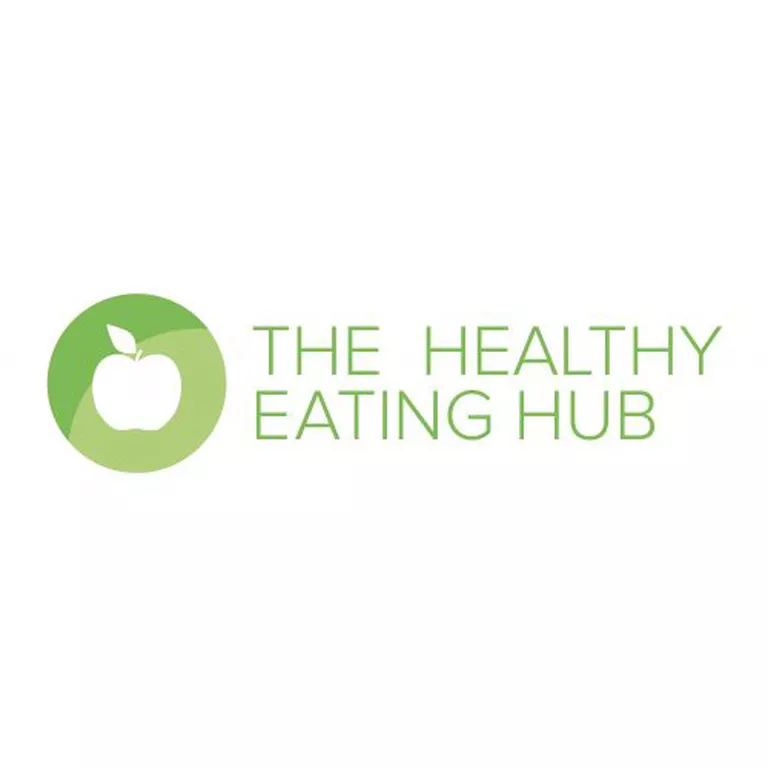
More articles by The Healthy Eating Hub

Type 2 diabetes diet guide
People with diabetes are up to four times as likely to develop heart disease as those without. If you have a family history of type 2 diabetes or have recently been diagnosed, the steps you take to either prevent or manage this disease are the same steps you’d take to decrease your risk of heart disease.
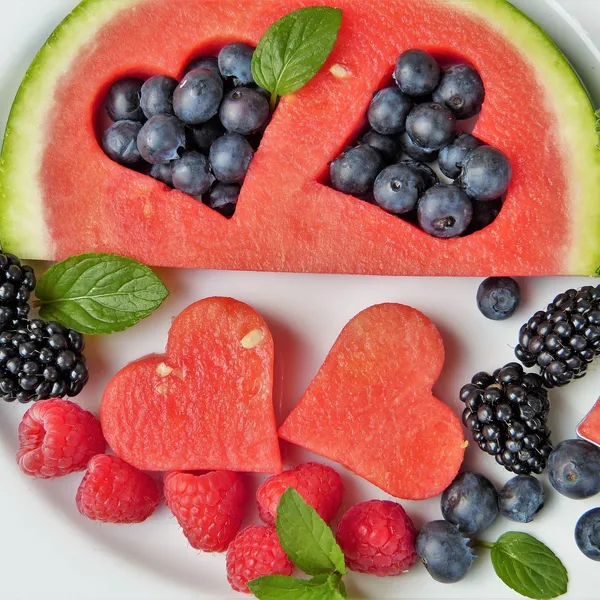
Type 2 diabetes nutrition myths
There are many misconceptions surrounding type 2 diabetes, especially in relation to diet. We’ve broken down some common myths and provide tips for new habits to start putting into action.

Alcohol and heart disease
It's said that drinking red wine is good for the heart – but does alcohol increase heart rate and blood pressure?
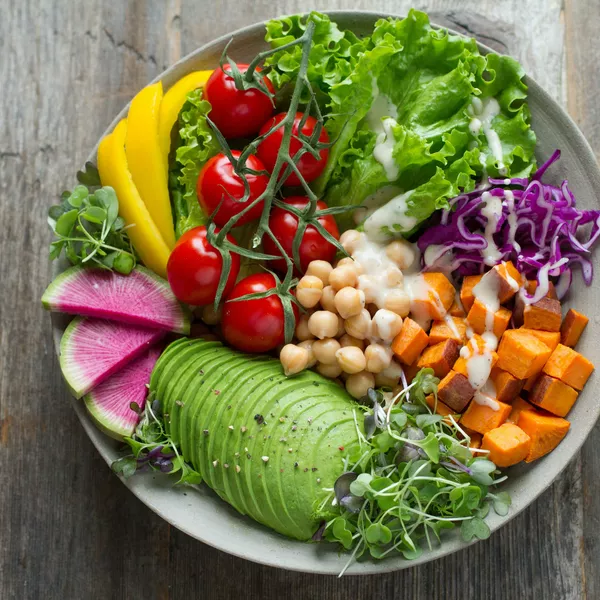
What is a Mediterranean diet?
Find out what a Mediterranean diet is, how it can help your heart health and overall wellbeing, and easy ways to incorporate it into your diet.
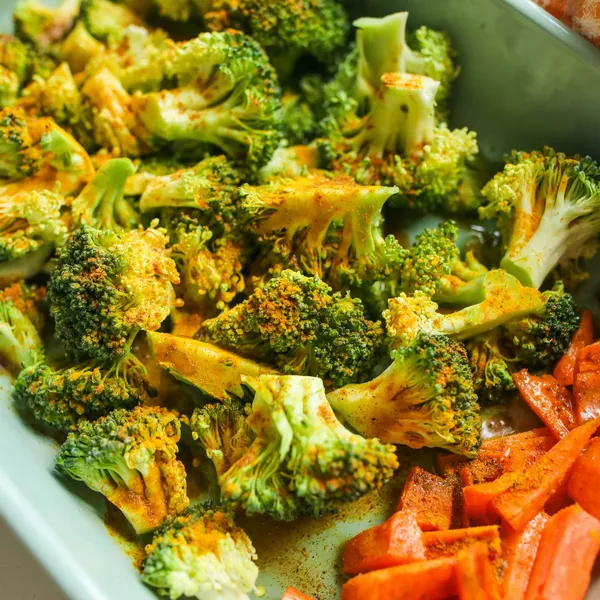
Nutritional benefits of cruciferous vegetables
Cruciferous vegetables like broccoli are packed with many health-boosting nutrients. Find out how you can easily include them in meals.
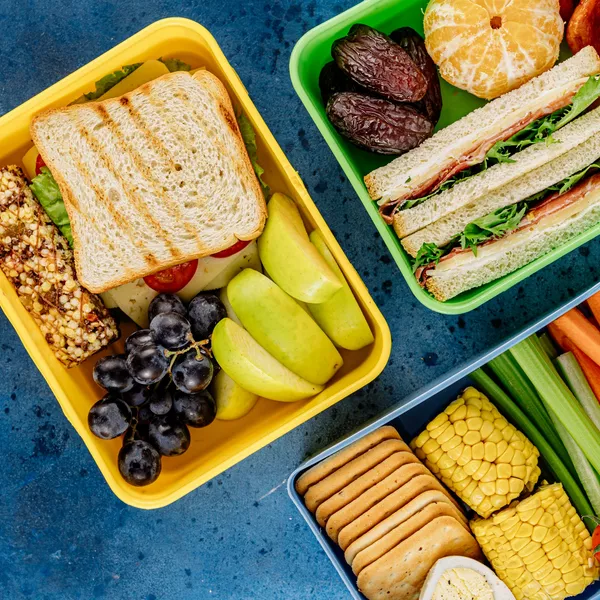
Easy school lunch ideas for little (and big!) kids
Coming up with lunch ideas to keep your kids interested and well-nourished is a huge challenge. Here are some tips for creating a simple, nourishing school lunch box.
